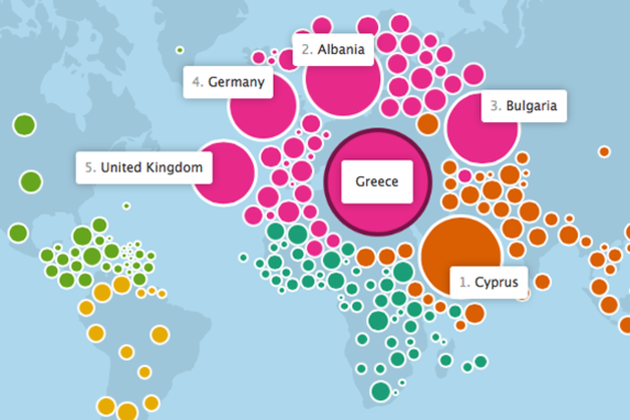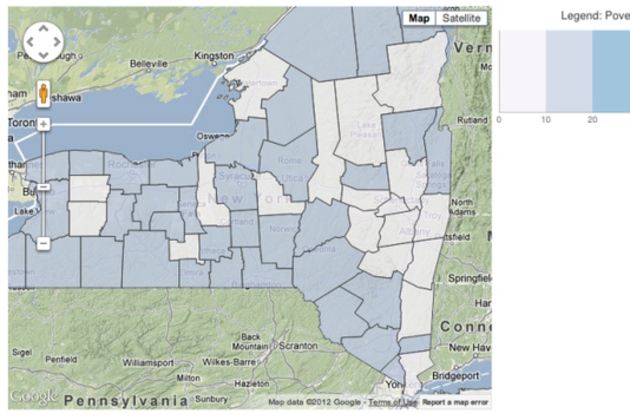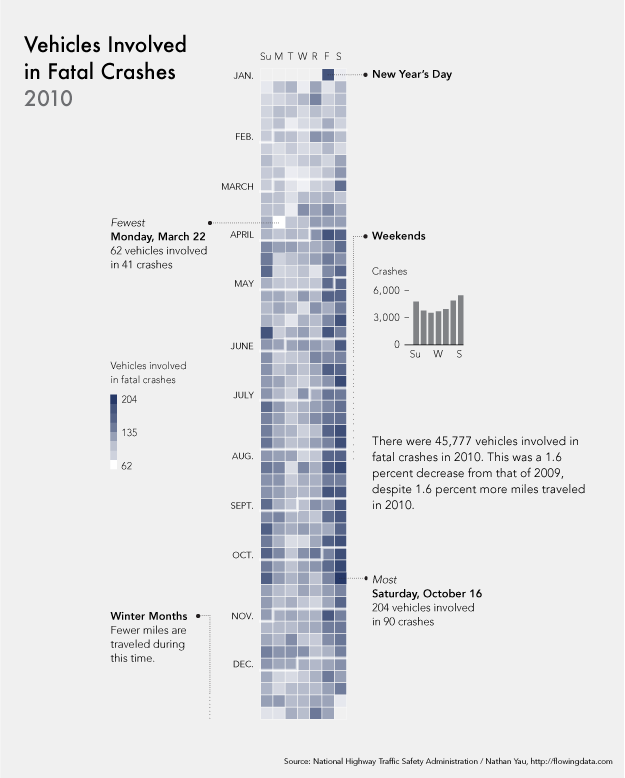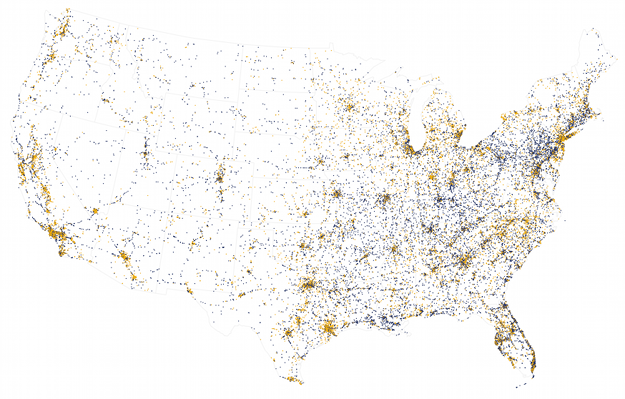Interesting platform for visualizing history in situ. AR please?
Google
This year marks the
Diamond Jubilee of Queen Elizabeth II, celebrating Her Majesty’s 60 years on the throne. To commemorate this special occasion, we’re teaming up with
Historypin to launch an interactive online gallery filled with memories of her time as Queen.
The
Pinning The Queen’s History project will be made up of photographic images, videos and audio clips pinned directly onto a Google Map on the dedicated
Historypin site. This will let you see historical images in modern context within Google Maps.
Throughout her six decades on the throne, The Queen has undertaken hundreds of visits around the United Kingdom and 261 official overseas visits to 116 different countries. Historypin is inviting people from around the world to submit photos, videos and other memories of The Queen during these visits.
Using
Google Maps and
Street View, the Historypin platform enables you to pinpoint the exact location of where the imagery was captured. They’ll be
overlaid onto Street View, so you can compare glimpses of the Queen’s 60-year reign with how they look today.
The collection has been boosted by the provision of images from The Queen’s overseas visits taken by press photographers, and by photographs of items from the Buckingham Palace’s
Royal Archives. Items from the Royal Archives include the sitar presented to The Queen during her visit to India in 1997, an earthenware vase presented to the Queen by the Prime Minister of Japan and a map showing the air routes around South Australia during the 1954 Commonwealth Tour.
The interactive gallery is an opportunity for anyone to contribute to and celebrate The Queen’s Diamond Jubilee on one global platform. We’re honoured that Google Maps can form the foundation of this official gallery.
Submit your memories of The Queen at www.historypin.com/DiamondJubilee/.
Posted by Ed Parsons, Geospatial Technologist, London
(Cross-posted from the Lat Long Blog)








 You know you're supposed to go hands-free with your phone in the car, but did you know in some states it's illegal to wear headphones when you're driving? Is your state one of those? We teamed up with the
You know you're supposed to go hands-free with your phone in the car, but did you know in some states it's illegal to wear headphones when you're driving? Is your state one of those? We teamed up with the 













